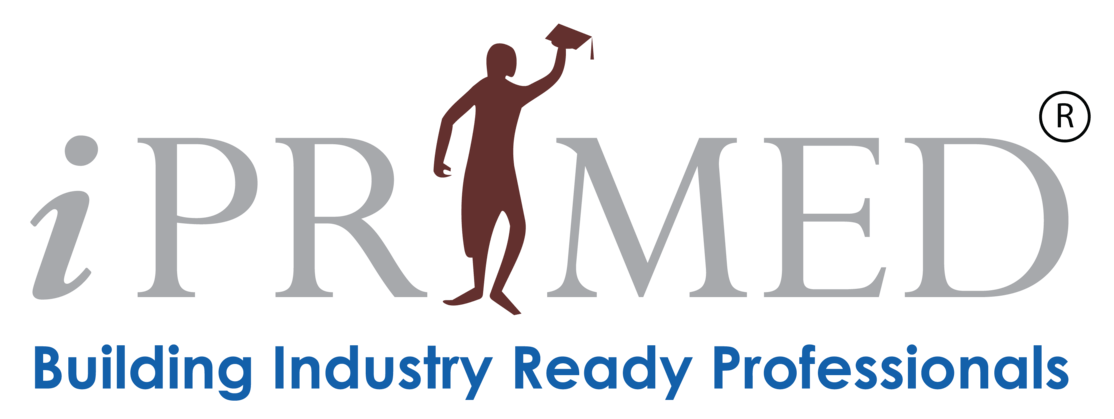Thomas Kuhn, in his path breaking book “The Structure of Scientific Revolutions (1962)” showed that it takes about 30 years for a new scientific theory to become a new paradigm! Peter Drucker talked about a similar lead time for “new knowledge” to become “knowledge based innovation!
Now, eLearning, which definitely fits into the knowledge/scientific theory category, came into being around 1998/1999! So, if we go by Kuhn and Drucker, then there’s 10 more years before e Learning becomes mainstream. However, that was 50+ years ago!! In the era of Industry 4.0, the cycle time should shrink, right? So, we may not have to wait another decade before e Learning becomes mainstream. For all we know, the giant leap may happen in 2019! And, John Lennon may be wrong in calling me a dreamer 🙂
Both, demand and supply side factors have to be in equilibrium for eLearning to take off! With a large chunk of learners falling into the Digital Native and Millennial category, need for eLearning is not an issue – however, a lot of times the need fails to convert into demand as the rendering doesn’t come close to the way humans typically consume content! Neo age technologies like NLP and Deep Learning as powered by AR/VR/MR are helping create a learning experience pretty close to the way it’d come via a competent and passionate facilitator/ educator/ trainer. This should solve the problem on the supply side. However, the acceleration in take-off is yet to happen.
So, what’s holding things back? The problem is that not enough is happening on the supply side. Two factors that’s thwarting progress:
- High Cost
- Availability of Skilled personnel
Agreed, that these are genuine factors plaguing the usage of cutting edge technologies in the world of eLearning. However, if I step back and think – this isn’t the first time that an industry/business is experiencing this, right? This has been the case in the “pre take off” stage for every knowledge based innovation. And, they have been solved, pretty much every time! The strategy that has helped is to get as many hands and feet to work on different aspects of the problem – more the action, more the likelihood of positive outcomes. Some of the ways this can be achieved:
- Government incentives like tax sops, discounts, infrastructure support etc. to create hot beds
- Industry bodies creating knowledge sharing forums, rewards etc.
- Involving multiple agencies – modularizing and componentizing with the intent of outsourcing to multiple entities based on what’s core to them
- Going beyond national boundaries and leveraging global capabilities esp. countries where cost structures are lower and where skills availability is relatively less of an issue
Of the above approaches, # 1 moves at its own pace and is difficult to influence at the “individual” level; we require the “collective” to expedite things.
One of the collectives is the Industry body (#2 above), which in the case of eLearning has a limited coverage and is not yet mainstream. Few providers and research agencies control the shots – it’s still like a Big Boys club, where most of the Boys come from an era/origin, where technology is not their forte. Hence, the game that’s being played currently has sprinkling of technology but not technology as the mainstay!
In my mind, the real hope is with #3 and #4 which can help democratize the dissemination of these technologies in the world of eLearning and thereby help unlock eLearning’s potential for the greater good. These approaches have helped accelerate the take off in every new knowledge based innovation and made them available to the common masses!
And here, Corporates can/will lead the way as they have always done in the past. In the VUCA world, there is a strong belief that mindset, personality and behavioral aspects of a Human Resource will be the differentiator in the era of Industry 4.0. For a human resource to be effective and efficient, they have to unlearn and learn really quickly. Learning is already moving out of traditional HR boundaries and moving into/within the folds of business.
So, am waiting for the inevitable to happen. As Outsourcing/Offshoring becomes mainstream, elearning adoption has the potential to beat the 30-year cycle, if not by many, then at least by a few years! After all, records have to be broken.
